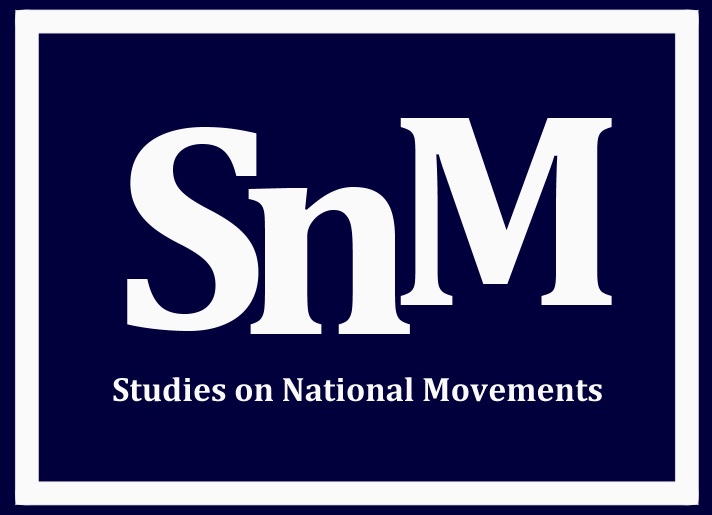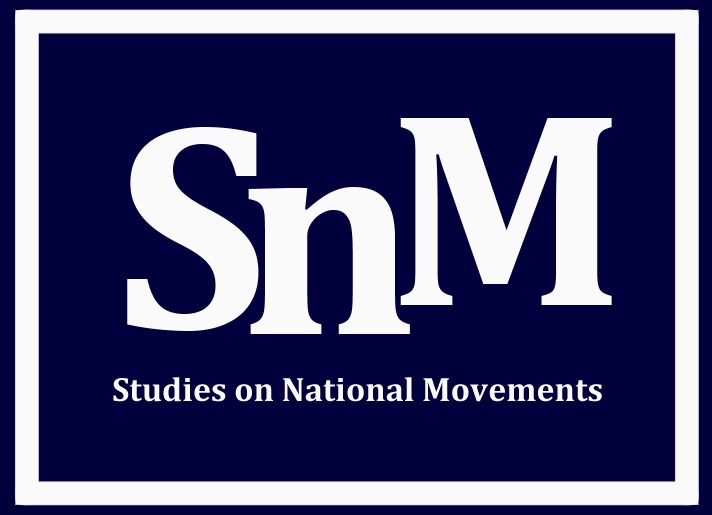Abstract
This paper explores the ways in which Scotland portrayed itself during the run of International Exhibitions in Edinburgh (1886, 1890, 1908) and Glasgow (1888, 1901, 1911, 1938). It will be shown that Scotland, as a fundamental component of the British Empire, served to increase visions of Britishness in these Exhibitions (or World’s Fairs) by hosting a number of colonial exhibits and focussing, for the most part, on modern technological advances in machinery and engineering. While all of these Scottish exhibits did self-reflect on history and Scottish nationhood (via literature, art, and architecture), this paper will show that the novelty of doing this, in sharp contrast with the pomp and exuberance of the imperial display, reduced Scottishness to yet another exotic ‘other’. Following the ‘Old London’ featured in 1884, Edinburgh and – later – Glasgow featured ‘old towns’ which offered visitors an impression of their lost cityscapes, dislocated from their original place and built among the many other temporary pavilions. In the twentieth century, both cities featured human displays: a nefarious turn in Exhibition culture across Europe which curated people from colonial lands on a level with their material culture. Scotland, as part of the British Empire, boasted Senegalese and West Africans as part of their popular attractions. Following this, Glasgow followed London in displaying the people of the Scottish Highlands as part of a pastiche village named ‘An Clahan’: a crystallising moment in Scotland’s disorienting self-portrayal in these British imperial contexts. In working through these case studies, this paper will consider scholarship from the fields of history and memory studies.
Keywords: Scotland, Glasgow, Edinburgh, Memory, Exhibition, Empire
How to Cite:
Lamont, C., (2023) “Cultural Memory and Nationalism at Scotland’s International Exhibitions: 1886–1938”, Studies on National Movements 12(1), 71- 100. doi: https://doi.org/10.21825/snm.90192
Downloads:
Download PDF
View PDF

